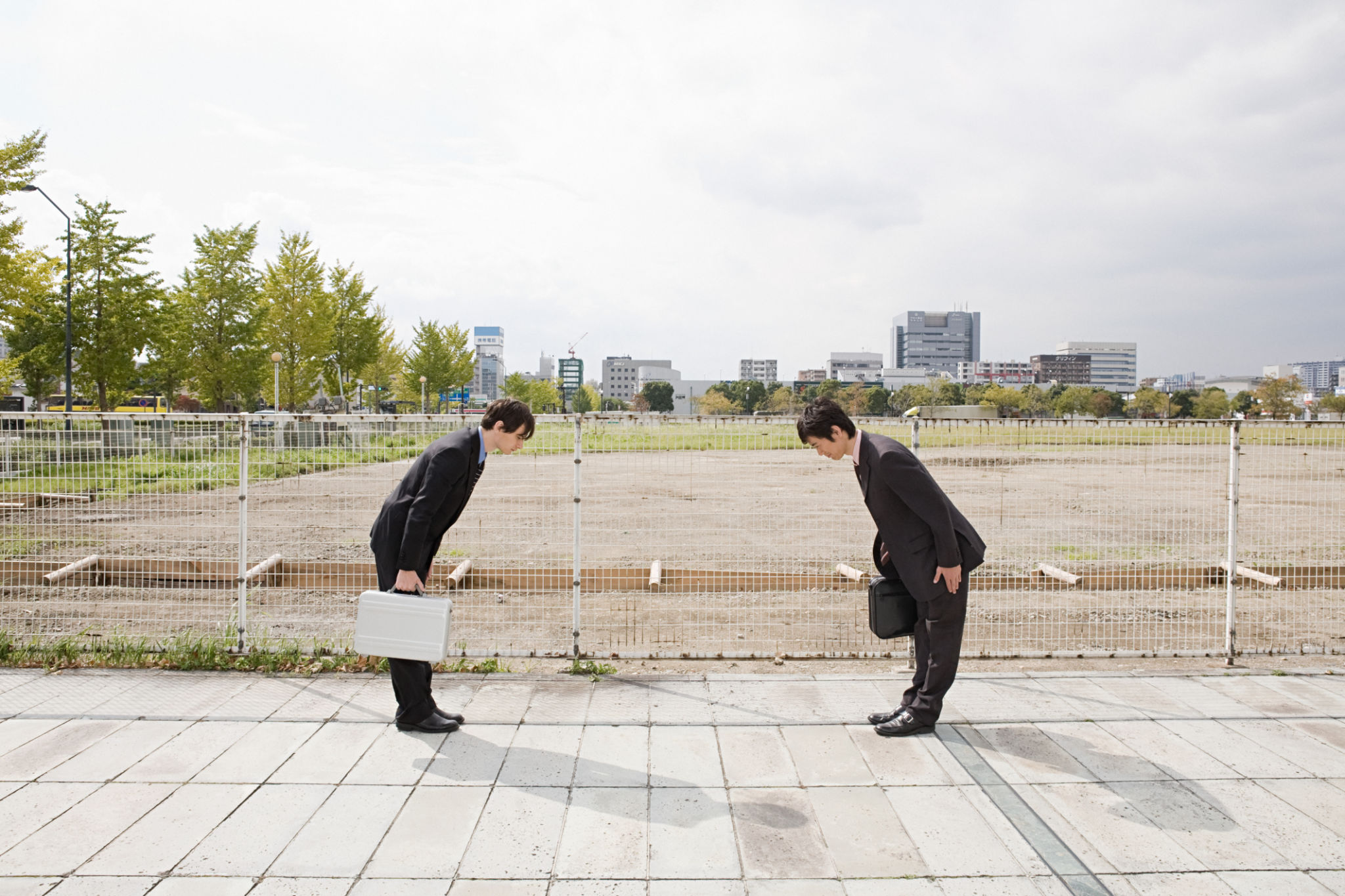How Prefabricated Houses Are Revolutionizing Hong Kong's Housing Market
The Rise of Prefabricated Houses in Hong Kong
Hong Kong's housing market has long been characterized by sky-high prices and limited space. However, a new trend is emerging that promises to alleviate some of these issues: prefabricated houses. These innovative structures are transforming the way people think about urban living, offering a faster, more affordable, and environmentally friendly alternative to traditional housing.

Understanding Prefabricated Houses
Prefabricated houses, often referred to as prefab homes, are constructed off-site in a factory setting and then transported to the desired location for assembly. This method significantly reduces construction time and costs. In Hong Kong, where space is at a premium, the compact and efficient design of these homes makes them an attractive option for both developers and residents.
The components of prefab homes are manufactured with precision, ensuring high quality and durability. This method also allows for greater flexibility in design, enabling customization according to individual needs and preferences.
Benefits of Prefabricated Housing
One of the key advantages of prefabricated houses is their speed of construction. Traditional building projects can take years to complete, whereas prefab homes can be assembled in a matter of weeks. This rapid construction process not only saves time but also reduces costs, making homeownership more accessible to a broader segment of the population.

Furthermore, prefabricated homes are inherently more sustainable. The controlled factory environment minimizes waste, and the use of modern materials improves energy efficiency. This approach aligns with Hong Kong's growing focus on sustainable development and environmental responsibility.
Challenges and Considerations
Despite their many benefits, prefabricated houses face certain challenges in Hong Kong. For instance, transportation and logistics can be complicated due to the city's dense urban landscape. Additionally, there are regulatory hurdles that must be navigated to ensure compliance with local building codes and standards.
However, as technology improves and regulations evolve, these challenges are gradually being addressed. The government is also recognizing the potential of prefab housing as a solution to the pressing issue of affordable housing.

The Future of Prefabricated Homes in Hong Kong
The increasing popularity of prefabricated houses in Hong Kong signals a significant shift in the housing market. As more people become aware of the benefits these homes offer, demand is expected to rise. Developers are likely to continue exploring innovative designs and materials to enhance the appeal of prefab options.
Moreover, government support and investment in this sector could further accelerate its growth. By addressing regulatory challenges and providing incentives for sustainable construction, Hong Kong can position itself as a leader in the adoption of prefabricated housing.
Conclusion
Prefabricated houses are revolutionizing Hong Kong's housing market by offering an efficient, affordable, and sustainable alternative to traditional construction methods. As these homes become more prevalent, they have the potential to reshape urban living in one of the world's most densely populated cities. With continued innovation and support from both public and private sectors, prefab housing could be the key to solving Hong Kong's housing challenges.
